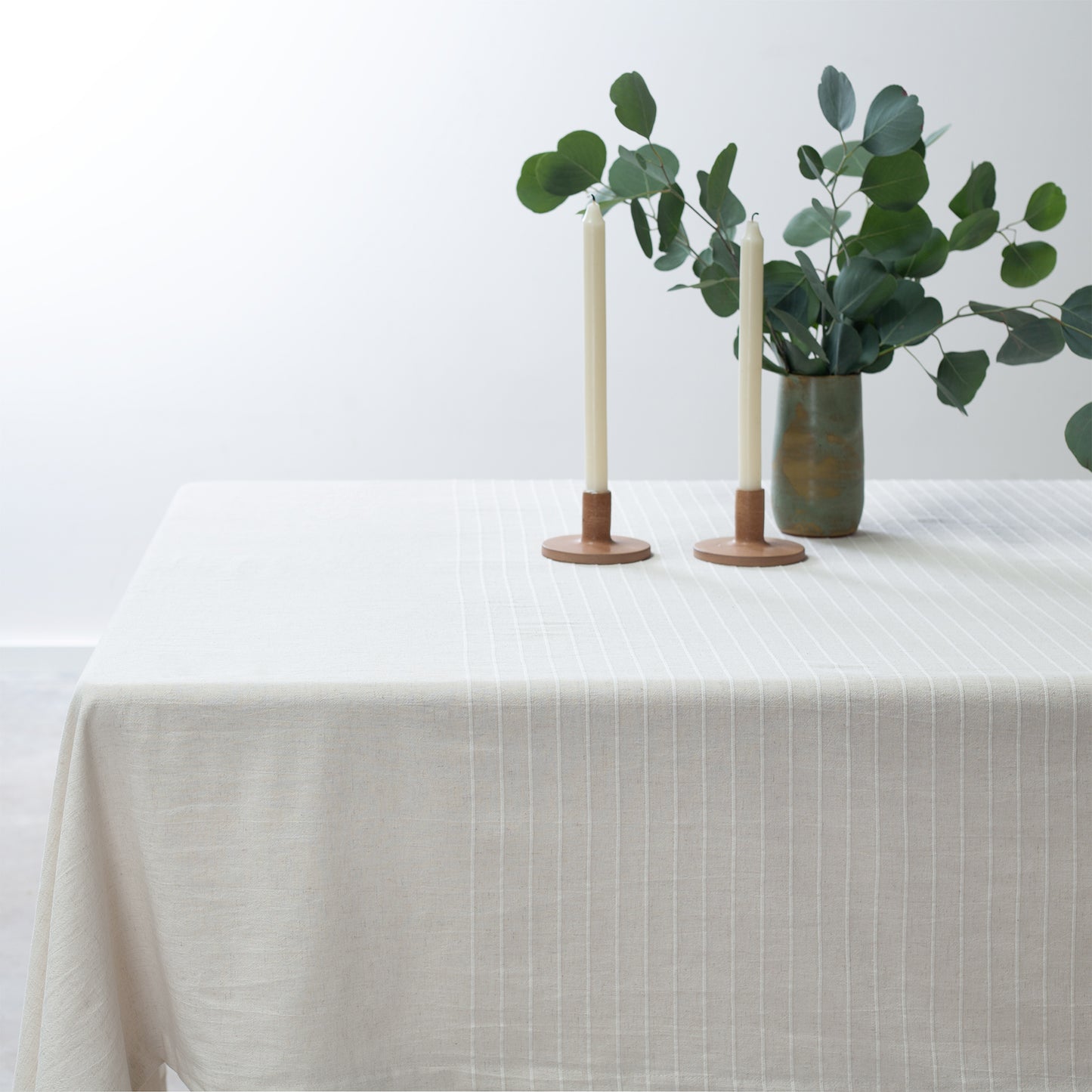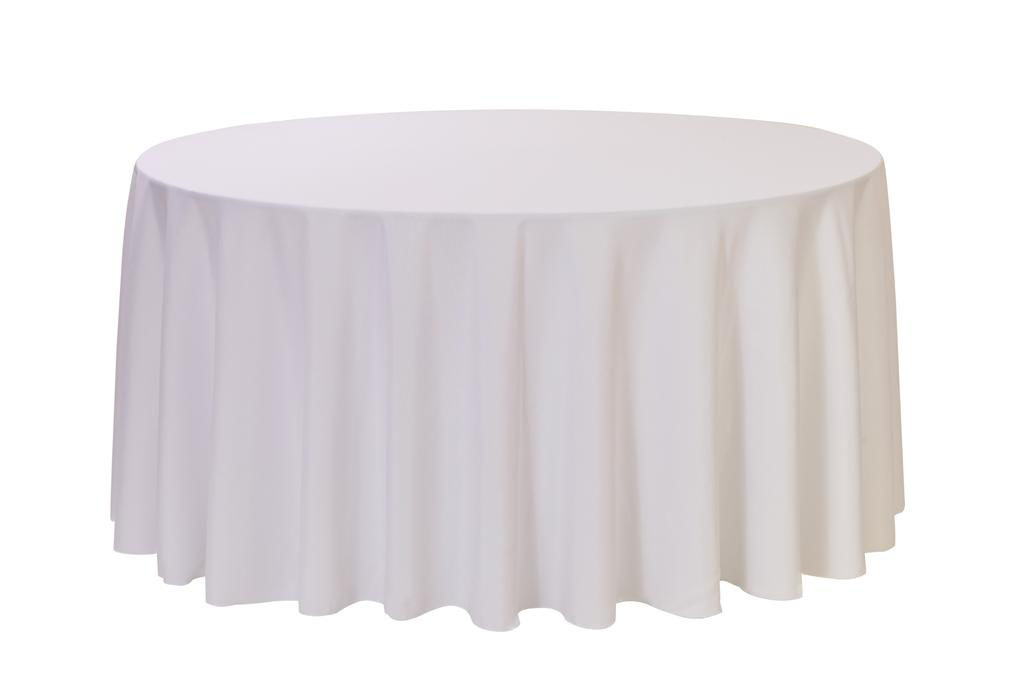Bed Linen Textile Innovations: Exploring Modern Trends and Creative Applications in Layout and Textile Industry
From sustainable manufacturing techniques to advanced weaving modern technologies, the development of bed linen is improving the landscape of the fabric sector. As we delve into the realms of creative design applications and the appearance of bed linen blends and hybrid fabrics, a brand-new chapter unravels in which linen's role in future fabric advancements takes center phase.
Lasting Practices in Bed Linen Manufacturing
Lasting methods in linen production have actually ended up being increasingly crucial in the fabric industry's initiatives to lessen environmental influence and promote ethical sourcing methods. Bed linen, an all-natural fiber stemmed from the flax plant, supplies a variety of advantages such as resilience, breathability, and biodegradability. Nonetheless, standard approaches of linen manufacturing can involve substantial water consumption, pesticide usage, and energy-intensive processes.
To deal with these challenges, numerous fabric producers are taking on sustainable methods throughout the bed linen production process. This consists of sourcing flax from natural farms that prevent harmful pesticides and chemicals, applying water-efficient retting techniques to essence fibers from the flax stalks, and making use of environmentally friendly dyes and surfaces. In addition, some companies are investing in renewable resource resources to power their production facilities and minimizing waste via recycling and upcycling initiatives.
Technological Improvements in Bed Linen Weaving
With the expanding focus on sustainable practices in linen production, the fabric sector is currently observing a surge in technological developments particularly targeted at reinventing the art of bed linen weaving. These technologies are improving the means bed linen textiles are produced, supplying boosted efficiency, top quality, and creative thinking in weaving strategies.
One of the crucial technological developments in linen weaving is the combination of electronic looms. These sophisticated looms are furnished with software application that permits complex and complicated styles to be woven with precision. By digitizing the weaving process, manufacturers can attain better uniformity and accuracy in their linen fabrics.
In addition, innovations in thread spinning innovation have enabled the manufacturing of finer and even more resilient linen threads - table cloths. This leads to softer and smoother linen fabrics that preserve their high quality even after multiple usages and laundries
Additionally, the growth of green dyeing processes and finishes for bed linen materials is gaining grip. These sustainable practices not just decrease the ecological effect but additionally satisfy the increasing customer demand for morally created textiles.
Creative Style Applications for Linen
Cutting-edge artistic strategies are progressively forming the innovative design applications for bed linen in the fabric sector. Developers are pushing the boundaries of standard linen use, discovering its flexibility in numerous applications. One popular fad is the combination of bed linen in sustainable fashion lines, where its eco-friendly buildings are highlighted. Linen's natural visual appeal and capability to mix with other materials make it a favored choice for producing one-of-a-kind garments and accessories that accommodate the eco conscious consumer.
In addition, developers are trying out linen in home design, using its breathable and sturdy nature to craft stylish furnishings such as curtains, bedding, and upholstery. The structure and drape of linen bring a sense of class and convenience to interior spaces, adding a touch of beauty to modern homes.

Linen Blends and Crossbreed Fabrics

Crossbreed materials, on the other hand, take the principle of blending an action additionally by integrating added aspects such as metallic strings, recycled materials, or conductive fibers. These cutting-edge textiles not just broaden the design possibilities but additionally present practical aspects like conductivity, antimicrobial buildings, or improved resilience. Crossbreed fabrics are significantly being utilized in numerous industries, consisting of style, interior layout, and technical textiles, where the need for multifunctional materials is on the rise.
Linen's Duty in Future Textile Innovations

In the world of future fabric innovations, bed linen is anticipated to be an essential gamer in the growth of advanced functional materials. Developers and scientists are discovering means to enhance linen's inherent high qualities with technological improvements, such as including clever fabrics, nanotechnology, and efficiency coatings. These technologies intend to boost bed linen's efficiency features, making it ideal for a more comprehensive series of applications, from activewear to safety apparel.
In addition, the mix of linen with other all-natural or artificial fibers opens up unlimited possibilities for creating novel textiles with unique homes and performances. By leveraging linen's attributes and discovering cutting-edge blends, the fabric market is poised to present amazing advancements that accommodate evolving customer demands and sustainability demands.
Conclusion
To conclude, the expedition of sustainable practices, technical improvements, innovative design applications, bed linen blends, and its function in future textile technologies highlight the constant evolution of bed linen material in the modern layout and textile sector. With a concentrate on development and creative thinking, the adaptability and environmentally friendly nature of linen make it a useful material for suppliers and designers alike, leading the method for further advancements and advancements in content the area of textiles.
As we dig right into the realms of imaginative style applications and the appearance of linen blends and crossbreed fabrics, a brand-new phase unfolds in which bed linen's role in future fabric innovations takes center phase.
Exploring the combination of bed linen with other textiles has led to the development of cutting-edge blends and hybrid textiles in the modern textile market. Bed linen blends offer a special mix of the attributes of linen with those of various other fibers, check my blog resulting in fabrics that have enhanced buildings such as boosted durability, enhanced draping, and reduced wrinkling.The development of linen blends and crossbreed textiles has actually established the stage for Bed linen to play a critical function in driving future fabric innovations.In the world of future fabric advancements, linen is expected to be a crucial gamer in the development of sophisticated useful materials.